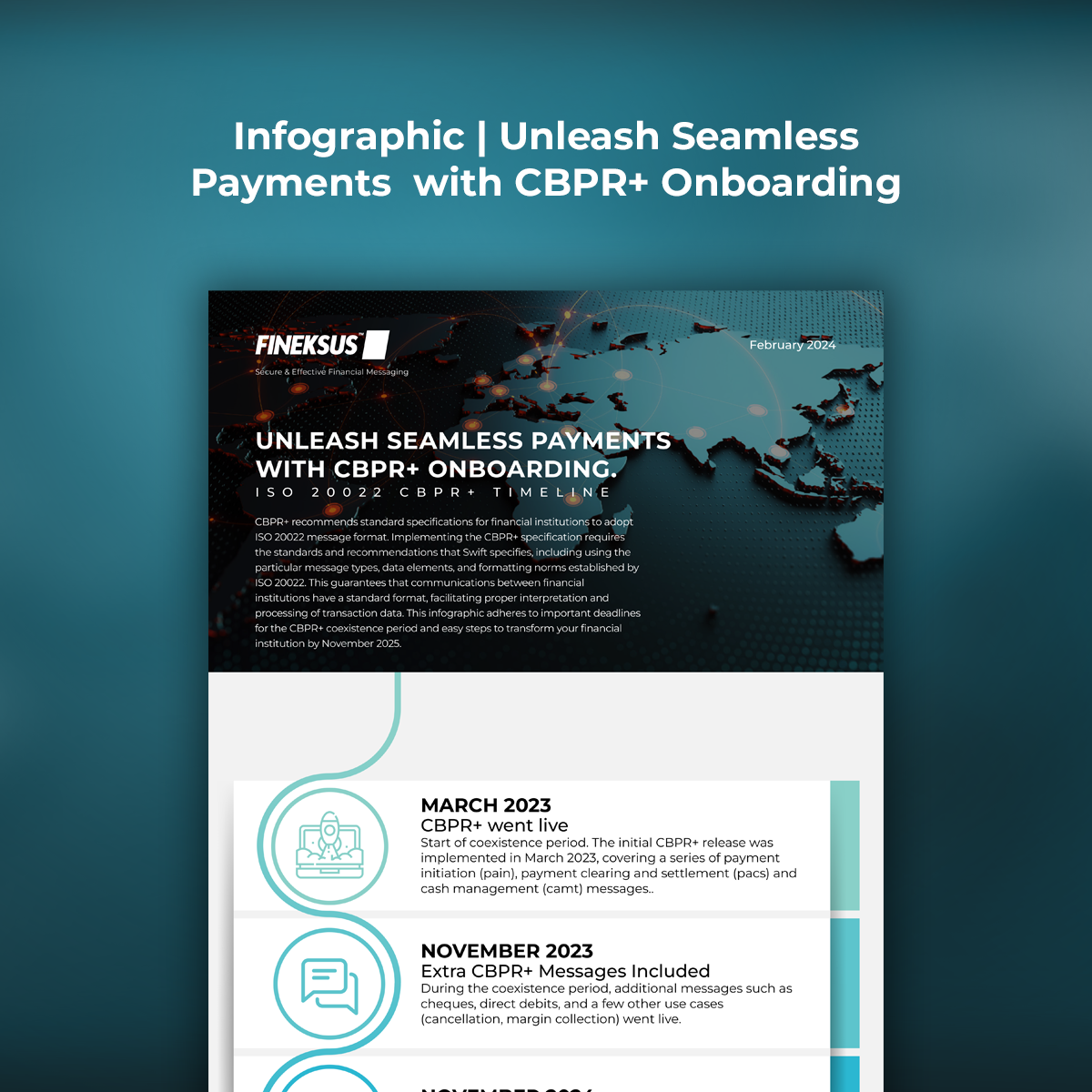
What is Cloud Technology in Anti Money Laundering?
Money laundering poses a global threat to financial systems, with traditional Anti-Money Laundering methods struggling to keep pace with evolving techniques. Cloud computing emerges as a key solution, empowering financial institutions to enhance AML efforts through advanced analytics and machine learning. In this year 2024, trends like “buy now, pay later” schemes, AI-driven anti-money laundering, and the role of cloud solutions in ERP modernization underscore technology’s transformative impact on finance. In this landscape, cloud technology becomes instrumental in fortifying AML processes, enabling financial institutions to stay ahead of increasingly sophisticated criminal activities.
In this evolving landscape, financial institutions should adopt cloud technology to strengthen Anti-Money Laundering processes, maintaining resilience against the constantly changing strategies of sophisticated criminals. This involves capitalizing on innovative trends such as “buy now, pay later” schemes and implementing AI-driven AML strategies to effectively combat financial crime.
What are the Benefits of Using Cloud Technology in Anti Money Laundering (AML)?
The integration of cloud technology in Anti-Money Laundering (AML) processes brings crucial advantages. Cloud platforms provide centralized data control, ensuring robust AML with efficient management and traceability. Inherent compliance is achieved through standardized services and advanced security methods, ensuring a secure and cost-effective approach. Cloud solutions enhance AML processes by introducing agility, speed, and flexibility, enabling quick development and adaptation to new solutions. The streamlined incorporation of Artificial Intelligence (AI) on cloud platforms enhances AML capabilities, improving detection efficiency while lowering operational costs. Additionally, cloud technology fosters collaboration throughout the AML chain, enabling secure data sharing and deeper insights into financial patterns.
Extending beyond AML, the benefits of cloud computing for banks are significant. Banks gain improved data security, operational efficiency, and access to software applications. The cloud ensures business continuity by providing fault tolerance, data protection, and efficient disaster recovery. Utilizing a pay-as-you-go model, banks can adopt new technology without substantial upfront costs. Cloud computing contributes to reduced energy consumption, promoting environmentally friendly and efficient banking operations. As banks cautiously embrace cloud infrastructure, they achieve lower costs, increased efficiency, and a shift toward more sustainable and technologically advanced practices.
What are the Cloud Service Models?
Cloud service models include:
- Infrastructure as a Service (IaaS)
- Platform as a Service (PaaS)
- Software as a Service (SaaS)
Each model offers distinct characteristics tailored to different computing needs.
IaaS delivers a supervised computing infrastructure through the Internet, offering benefits such as the avoidance of expenses and intricacies associated with the procurement and administration of physical servers. The characteristics of IaaS are listed as follows:
- Resources available as a service.
- Highly scalable services.
- Dynamic and flexible infrastructure.
- GUI and API-based access.
- Automated administrative tasks.
PaaS: Designed for developers to create, test, run, and manage applications. Integrates with web services and databases, supporting multiple languages and frameworks. The characteristics of PaaS are listed as follows:
- Accessible to various users through the same development application.
- Builds on virtualization technology for scalable resources.
- “Auto-scale” capability.
SaaS: SaaS hosts applications provided by a cloud service provider. Users access applications through the internet and a web browser. The characteristics of SaaS are listed as follows:
- Managed centrally, hosted on a remote server.
- Accessible over the internet.
- Users are relieved of hardware and software update responsibilities, as updates are applied automatically.
- Services are purchased on a pay-as-per-use basis.


